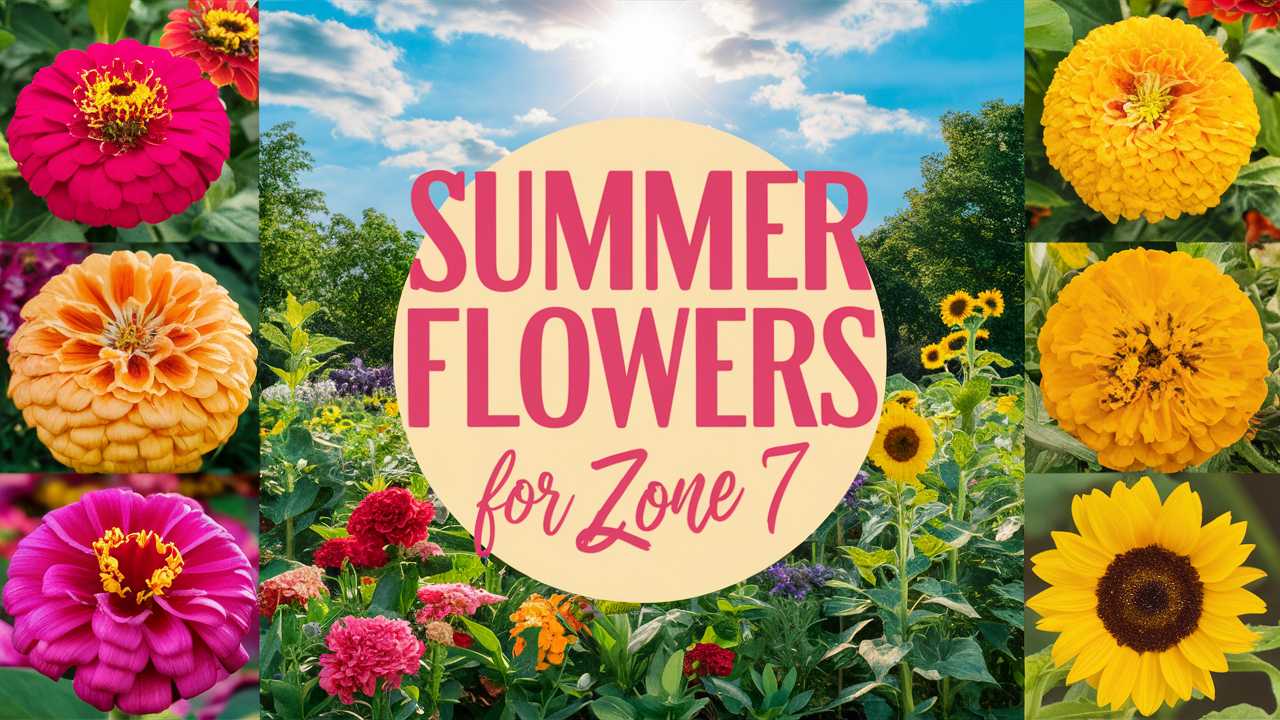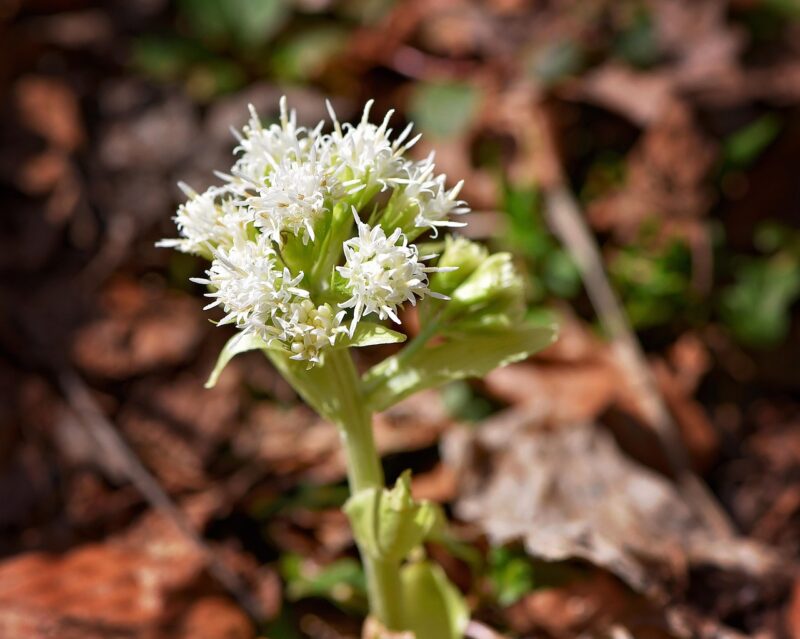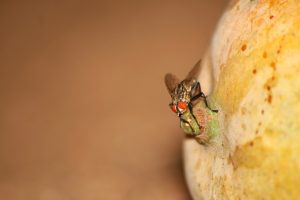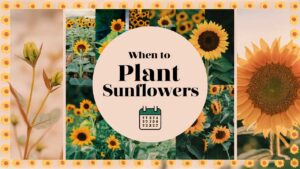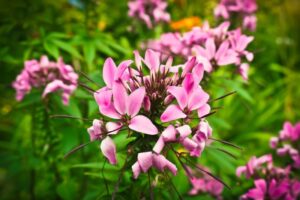In this guide, we’ll explore stunning flowers that not only thrive during the summer months in Zone 7 but also bring unique qualities that can enhance any garden or landscape. From perennial staples to vibrant annuals, these flowers provide options for every gardener. Let’s dive into the world of summer flowers suitable for Zone 7!
Black-Eyed Susan
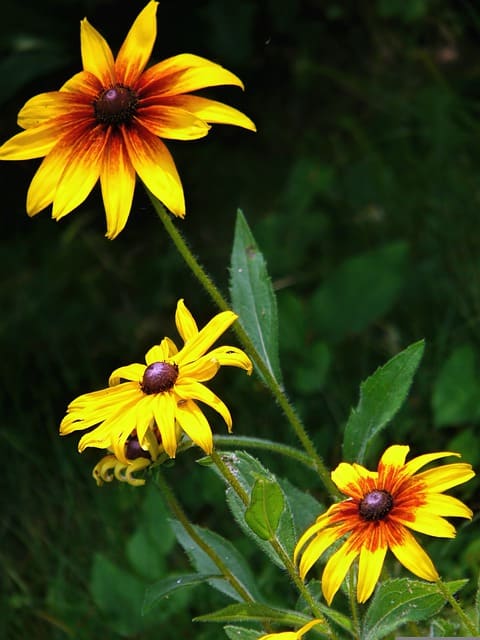
Black-Eyed Susans (Rudbeckia hirta) are a classic summer flower known for their bright, yellow petals and dark center. They’re not just visually appealing; they are also incredibly resilient and drought-tolerant once established, making them a great choice for busy gardeners. Blooming from mid-summer to fall, these flowers attract pollinators like bees and butterflies, promoting biodiversity in your garden. Plant them in well-drained soil and full sun for the best results, and you’ll have a stunning display that complements any landscape.
Coneflower
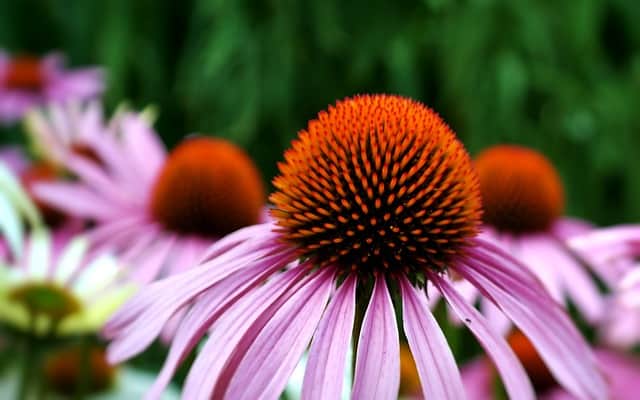
Echinacea, commonly known as coneflower, is another favorite among Zone 7 gardeners. With their striking purple or pink, daisy-like blooms, coneflowers not only add beautiful color but also serve as a valuable food source for bees, butterflies, and birds. They thrive in sunny spots with well-drained soil and can tolerate drought conditions, making them low-maintenance perennials. Coneflowers bloom throughout the summer and into the fall, offering a prolonged season of interest in your garden.
Daylily
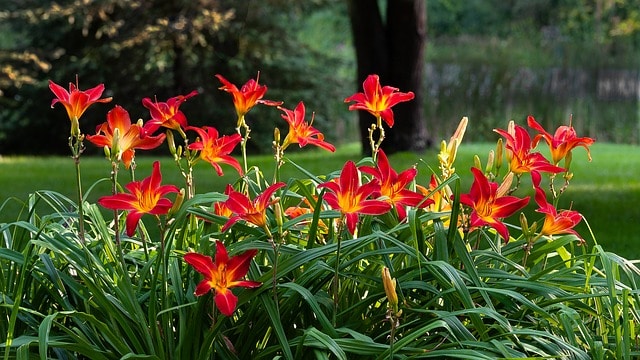
Daylilies (Hemerocallis) are some of the most versatile and hardy plants you can grow in Zone 7. Known for their vibrant colors and abundant blooms, daylilies add a pop of color to any garden setting. These perennials are adaptable to various soil conditions and are tolerant of both drought and wetness. Most importantly, daylilies are relatively easy to care for; deadheading spent blooms can enhance their appearance and promote further blooming. Their wide variety of cultivars means you can find daylilies in almost any color imaginable.
Zinnia
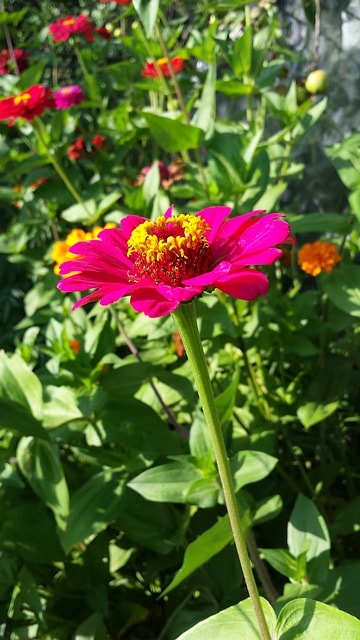
Zinnias are colorful annuals that thrive in the sunny days of summer. These flowers come in a multitude of shapes, sizes, and colors, making them a delightful choice for vibrant garden beds or even containers. They are incredibly easy to grow from seed, bloom quickly, and attract butterflies, thanks to their bright colors and accessibility. Regular deadheading encourages additional blooms, extending the flowering period throughout the season. Consider planting zinnias alongside your other summer favorites for a cheerful, colorful display.
Marigold
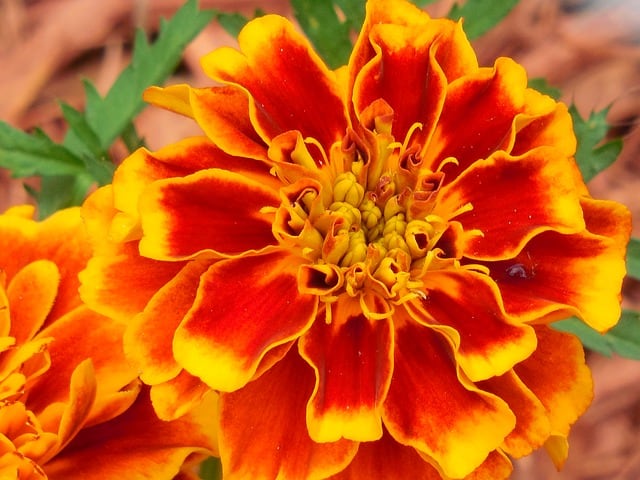
Marigolds (Tagetes) are another excellent option for garden beds in Zone 7. These cheerful flowers are not only beautiful with their warm oranges and yellows, but they are also known for their pest-repelling properties. Marigolds can deter various garden pests, making them ideal companions for vegetable gardens. They thrive in full sun and bloom all summer long, providing consistent color and interest. Low maintenance and hardy, marigolds are an excellent choice for both novice and experienced gardeners alike.
Phlox
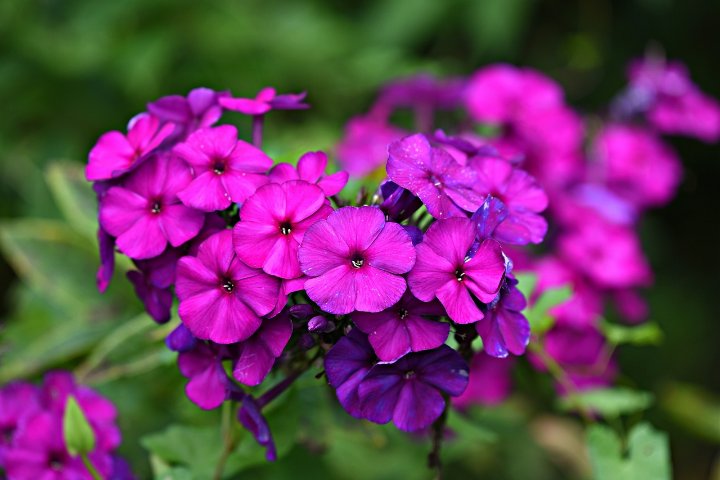
Garden phlox (Phlox paniculata) is a perennial flower that brings a burst of color to summer gardens. With blossoms that appear in shades of pink, red, white, and purple, phlox adds a touch of elegance to any garden setting. They are ideal for attracting butterflies and hummingbirds, which can create a lively atmosphere in your outdoor space. Phlox thrives in well-drained soil and can tolerate some shade, making them a versatile addition to various garden layouts. Regular watering and deadheading will enhance their performance and longevity throughout the season.
Salvia
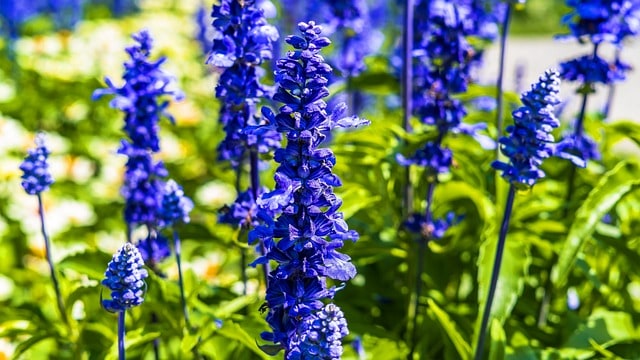
Salvia, or sage, offers a wonderful option for gardens in Zone 7. Known for their striking blue, purple, and white flower spikes, salvias are both heat and drought tolerant. They are a favorite among pollinators, serving as a nectar source for bees and butterflies. Salvia plants are hardy and can thrive in well-drained, sandy soils. They bloom profusely in summer, creating a beautiful, eye-catching display that contrasts well with broader perennial foliage.
Coreopsis
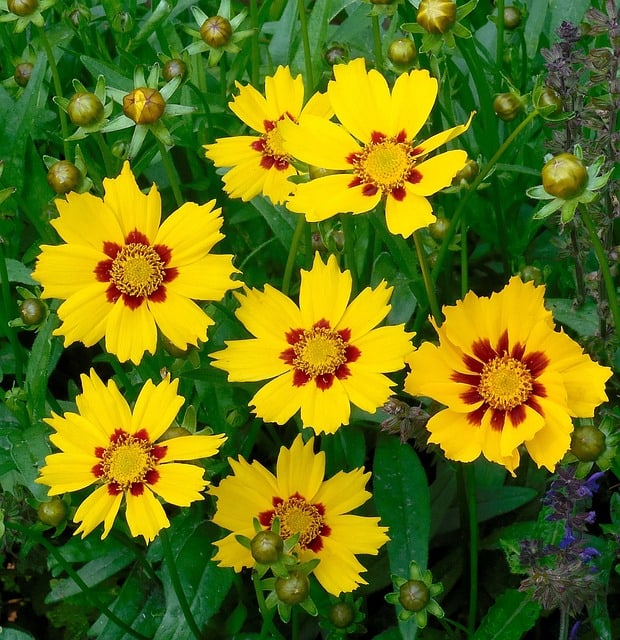
Coreopsis, commonly known as tickseed, is a brilliant perennial that brings bright splashes of yellow to summer gardens. Blooming from early summer into fall, coreopsis is a sun-loving flower that is perfect for areas with poor soil conditions. These flowers are drought tolerant and attract birds and butterflies, making them both a delightful and practical choice. With many cultivars available, you can select varieties that grow in low mounds or taller, more upright forms to suit your garden’s design.
Petunia
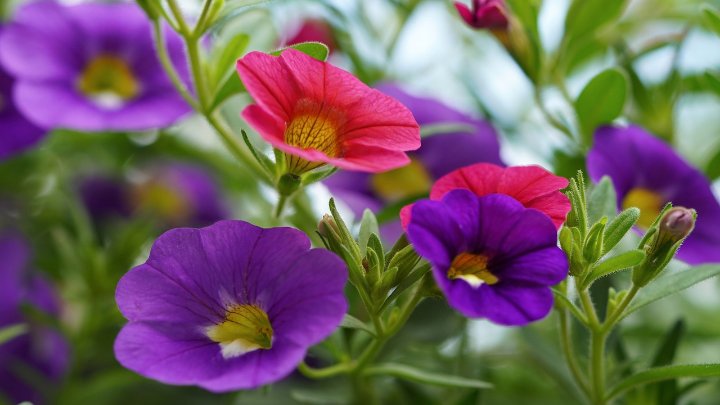
Petunias are beloved annuals that add texture and color to container gardens, hanging baskets, and flower beds. Their vibrant hues and sweet fragrance can enliven any outdoor space. One of the benefits of petunias is their long blooming season, which lasts from late spring through the fall frost. They prefer well-drained soils and sunny locations. Regular deadheading and watering will help keep them looking their best and encourage continuous blooming.
Bee Balm
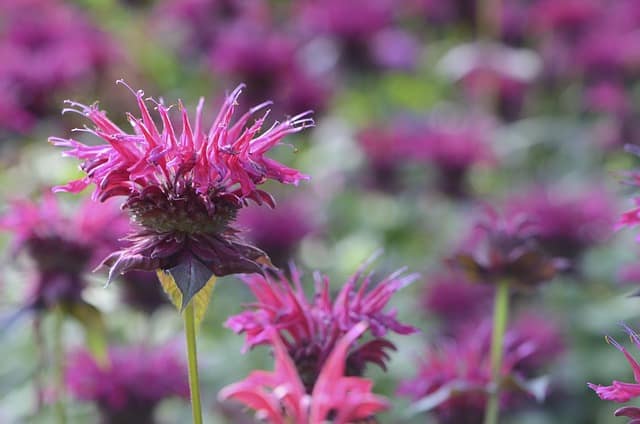
Bee balm (Monarda) is a fragrant and colorful perennial that thrives in the summertime. Known for attracting pollinators, including bees, butterflies, and hummingbirds, bee balm features striking flowers that bloom in shades of red, pink, and purple. It’s also known for its aromatic leaves, which can be used to make herbal teas. Bee balm prefers rich, moist soil and full sun to partial shade, making it an adaptable choice for various garden conditions.
Delphinium
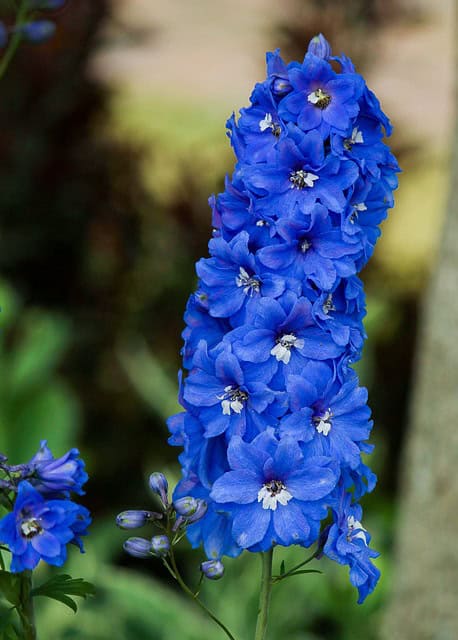
Delphiniums are stunning tall flowers that add drama and vertical interest to summer gardens. Known for their impressive spikes of blue, purple, and white blooms, these perennials can truly make a statement in any landscape. While they do prefer cooler temperatures, they can flourish in Zone 7 with the right care. Plant them in rich, well-drained soil and provide them with plenty of sunlight. Support may be necessary for taller varieties to prevent them from flopping over, but their spectacular blooms are well worth the effort.
Hollyhock
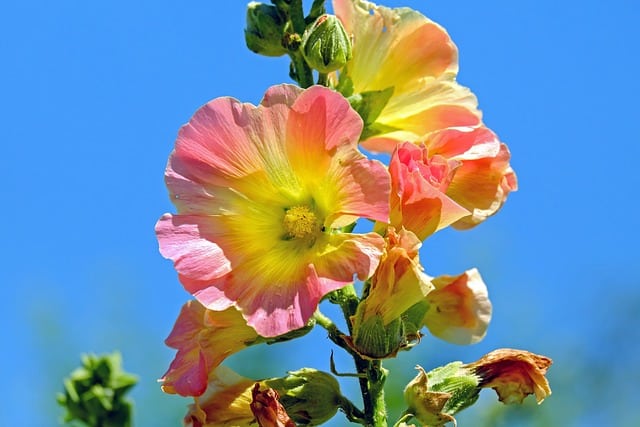
Hollyhocks (Alcea) are charming biennials that evoke classic cottage gardens. With their tall spikes adorned with large, colorful blooms, hollyhocks are a nostalgic favorite. They’re perfect for creating a backdrop or border in a sunny garden setting. Once established, hollyhocks are quite resilient and can tolerate periods of drought. Regular watering during dry spells will encourage better blooms. Their ability to attract pollinators adds another layer of charm to your summer garden.
Snapdragons
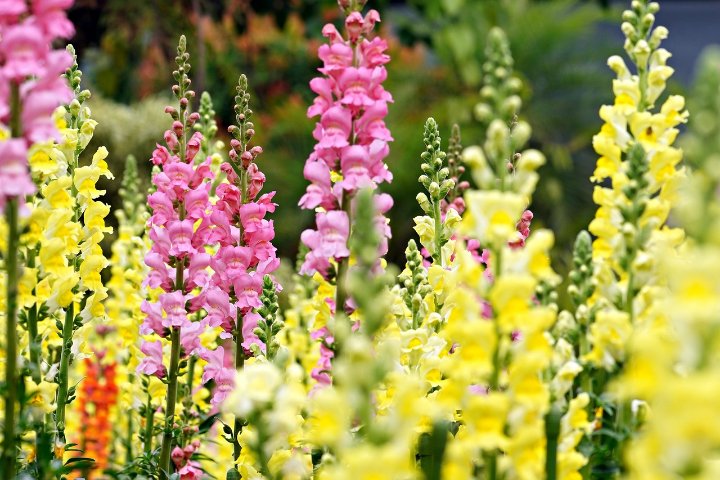
Snapdragons (Antirrhinum majus) are popular annuals known for their unique, dragon-shaped flowers that come in various colors and sizes. They can add height and texture to garden beds and containers. Snapdragons thrive in cool weather, making early summer the perfect time for planting. They appreciate rich soil and regular watering, and with proper care, they can continue blooming throughout the summer. Their lovely fragrance and intriguing form make them a delightful addition to flower arrangements as well.
Lantana
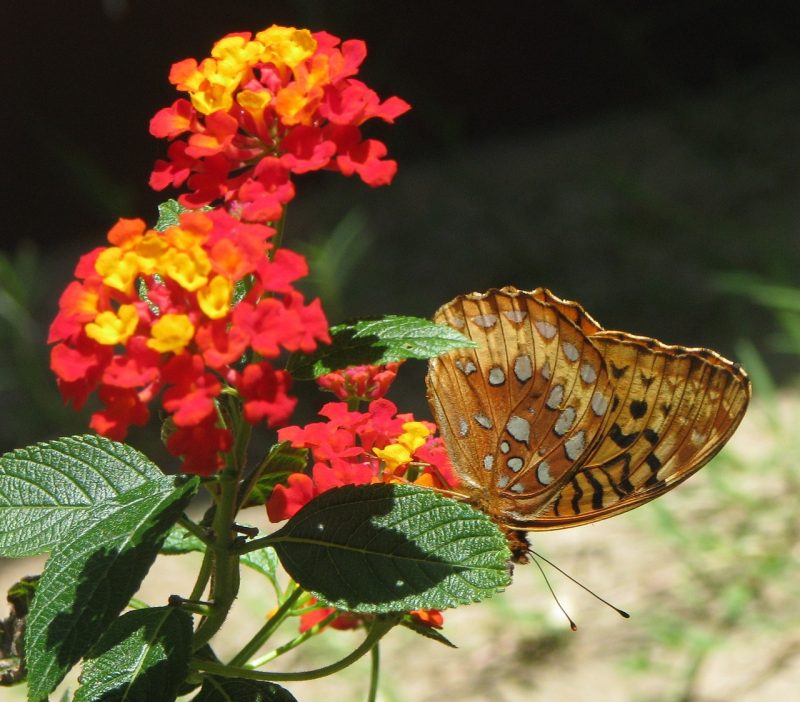
Lantana is a colorful, heat-loving perennial that thrives in sunny conditions, making it a fantastic option for Zone 7 gardens. Known for their clusters of small, brightly colored flowers, these hardy plants bloom from spring until frost, ensuring a long season of color. They attract butterflies and are highly tolerant of heat and drought, making them an excellent choice for low-maintenance gardens. Lantana can be grown in flower beds or containers and can withstand poorer soil conditions, making them adaptable and resilient.
Astilbe
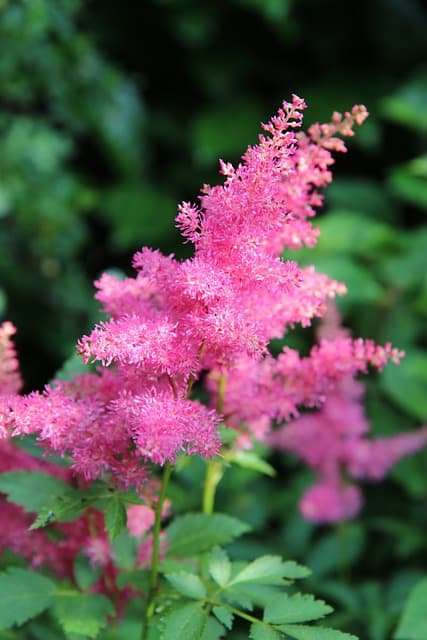
Astilbe is a perennial flower that thrives in the partial shade of Zone 7, making it an excellent choice for shadier garden areas. With plume-like flowers in shades of pink, white, and red, astilbe brings texture and a lush appearance to garden beds. They prefer moist soil and can handle a bit of shade, making them perfect for planting around water features or under tree canopies. Their overall beauty is enhanced when planted in clusters, creating stunning displays that brighten up more shaded locations.
Russian Sage
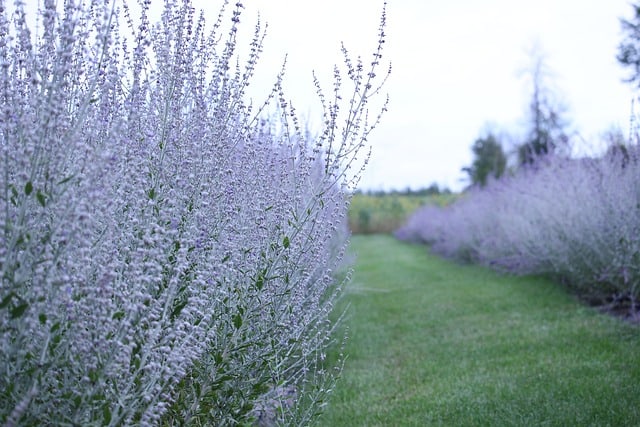
Russian sage (Perovskia atriplicifolia) is a beautiful perennial that thrives in hot, dry conditions. With its silvery foliage and spikes of lavender-blue flowers, Russian sage provides a lovely contrast to the greenery in your garden. It is especially valued for its aromatic leaves that release a pleasant scent when brushed against. This low-maintenance plant requires well-drained soil and full sun, making it perfect for dry landscapes. Fewer pests and diseases mean less fuss for the gardener, allowing you to enjoy its stunning blooms effortlessly.
Gladiolus
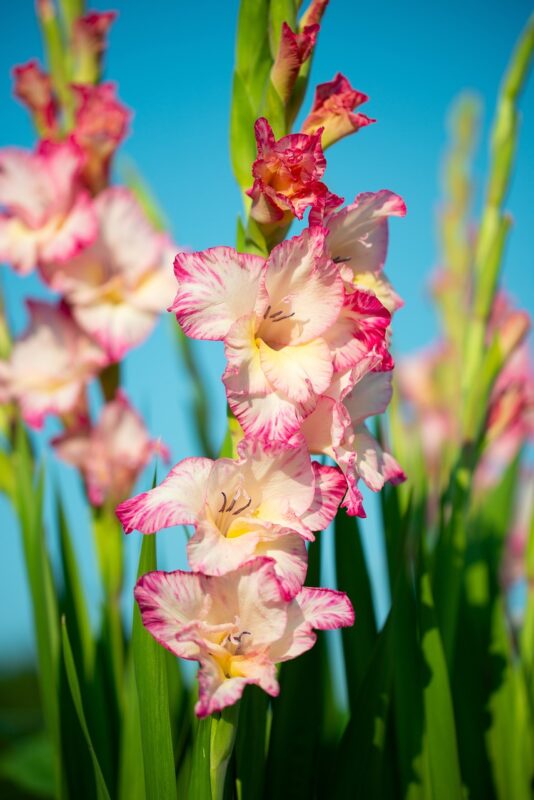
Gladiolus are renowned for their tall flower spikes adorned with trumpet-shaped blooms. These popular summer bulbs come in virtually every color imaginable and can bring dramatic flair to any garden. They prefer well-drained soil and full sun, producing vibrant displays throughout the summer months. Gladiolus creates an impressive focal point and is an excellent choice for cut flowers, enhancing your indoor arrangements as well. Plant them in early spring for summer blooms, and enjoy their vivid beauty.
Sweet Pea
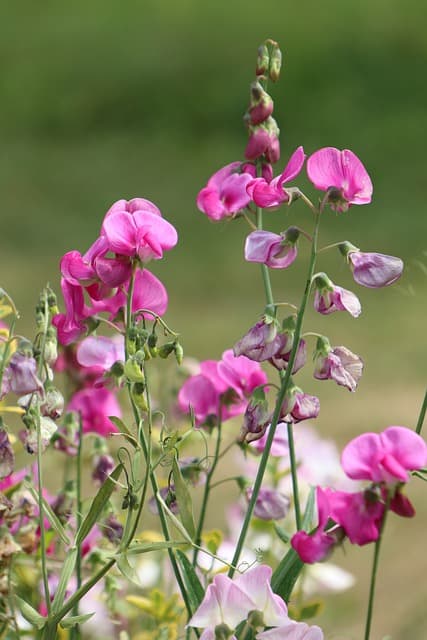
Sweet peas (Lathyrus odoratus) are a fragrant annual flower often grown for their delightful scent and beautiful blooms. Although they are typically planted in early spring, late-summer cultivars can brighten up any garden as the weather warms. Sweet peas like well-drained soil and full sun, making them ideal for trellising or climbing structures. Their charming flowers make sweet peas popular in bouquets and arrangements, allowing you to enjoy their beauty and aroma in both the garden and your home.
Sunflower
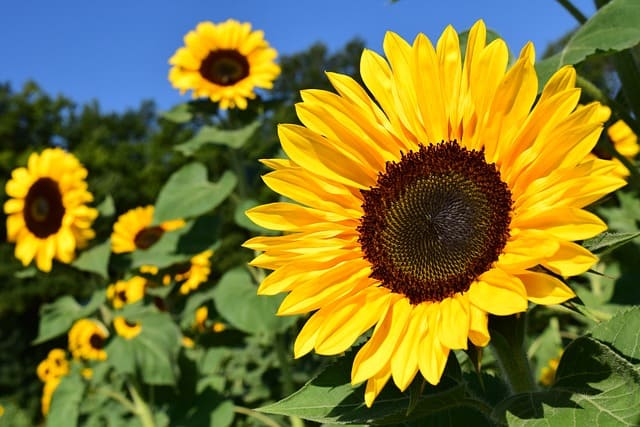
Sunflowers (Helianthus annuus) are iconic summer flowers known for their cheerful yellow faces that turn towards the sun. These annuals range from dwarf varieties to towering giants that can reach impressive heights. Sunflowers thrive in full sun and well-drained soil, making them easy to care for and maintain. They bloom throughout the summer, attracting an abundance of bees and birds. Growing sunflowers can be a rewarding experience, as they often yield seeds that can be harvested and enjoyed.
Petasites
Petasites, or butterbur, is a lesser-known perennial flower that adds an exotic touch to summer gardens. Characterized by its large, bold leaves and tall flower spikes, petasites thrive in damp, sunny areas. This hardy plant works well near ponds or along garden edges where moisture is abundant. Known for its late-spring to summer blooms, petasites add a unique texture to garden designs while serving as a valuable habitat for pollinators.
Foxglove
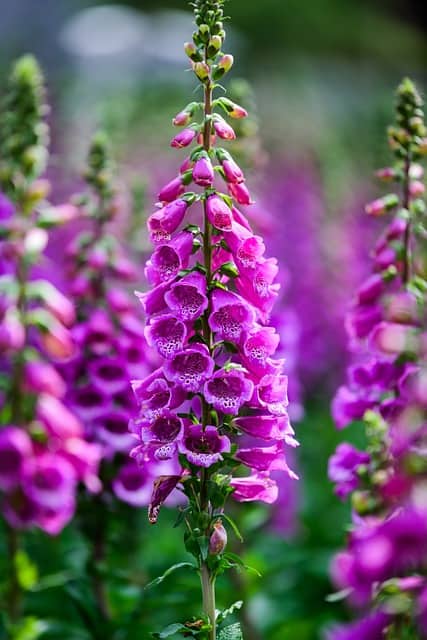
Foxglove (Digitalis purpurea) is a stunning perennial known for its tall spikes adorned with tubular flowers that come in shades of pink, white, and purple. These beautiful blooms attract bees and other pollinators, making them a wonderful addition to wildlife-friendly gardens. Foxglove prefers well-draining soil and partial shade, flourishing in those conditions particularly well during the warmer months. However, all parts of the foxglove plant are toxic if ingested, so care should be taken when planting them in spaces accessible to pets and children.
Silene
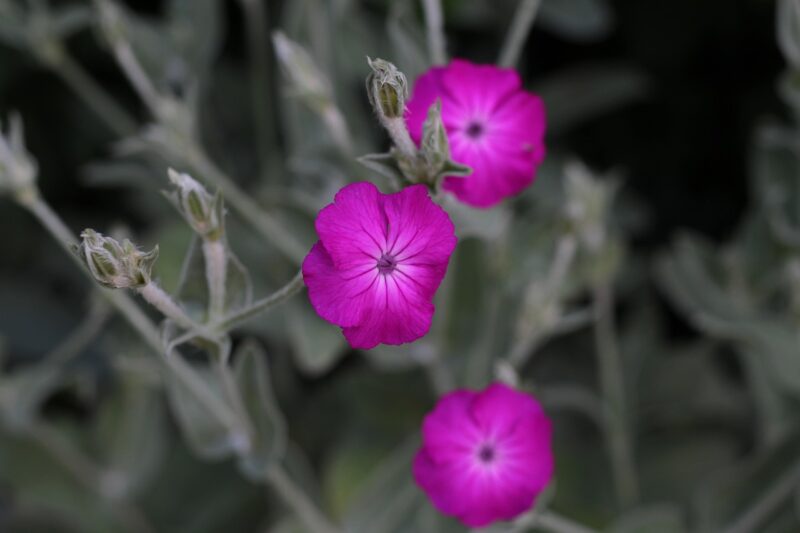
Silene, commonly known as fireweed or catchfly, produces charming blooms that bring a delightful vibrancy to your summer garden. These perennials thrive in full sun and can handle poor soil conditions, making them resilient and easy to grow. Silene plants produce clusters of flowers in shades of red, pink, or white, captivating the attention of pollinators. Their delicate beauty allows them to blend well in naturalistic gardens or among wildflower borders.
Verbena
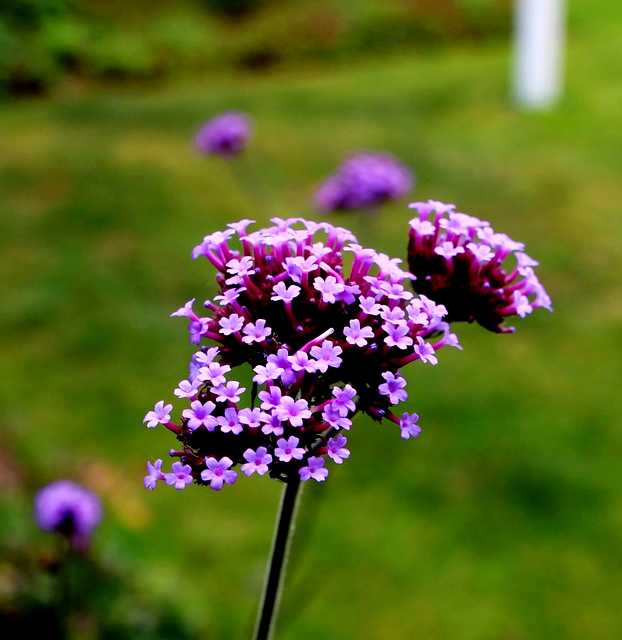
Verbena is a versatile and colorful annual that adds a cascade of blooms to hanging baskets and borders. With a growth habit that allows for draping or spreading, verbena creates a lush appearance in any garden space. This flower thrives in full sun and well-drained soil, making it a suitable choice for drought-tolerant landscapes. Verbenas bloom from spring until frost, providing constant blooms and attracting butterflies, enhancing the vibrancy of your summer garden.


